- Introduction to the Ginza Kabuki-za Theater: Visiting a Hall of Fame for Traditional Performing Arts
- Theatre-going schedule: Lunchtime performance begins at 11:00 a.m.
- Professionalism of performers: Feel the fruits of their training
- The Difficulty of the Lines and the Pleasure of Overcoming the Difficulty
- A chic intermission treat: dango and bento at the concession stand
- Overall impression and learning: The power of tradition to move the heart
- Private Wisdom Summary
Introduction to the Ginza Kabuki-za Theater: Visiting a Hall of Fame for Traditional Performing Arts
The Kabuki-za Theater in Ginza has attracted many people since its opening in 1889 as a stage for traditional performing arts representing Japan. Located in Ginza 4-chome, Chuo-ku, the current building is the fifth Kabuki-za, which was rebuilt in 2013, maintaining the traditional Japanese design while providing modern comforts. Kabuki performances are mainly divided into daytime and evening performances. The daytime performance usually starts at 11:00 a.m. and lasts until around 3:00 p.m., with several plays performed. Seating ranges from first to third class, and earphone guides are available for beginners. Official websiteThe latest performance schedule and ticket information can be found on the official Kabuki-za website. You can also learn more about the actors’ profiles and commentary on the performances at Shochiku’s official Kabuki portal, Kabuki-Official Site. In addition, the rooftop garden of the Kabuki-za Tower and the underground Kibikicho Plaza allow you to enjoy the atmosphere of the surrounding area. This place is not just a theater, but a symbol of Japanese culture, welcoming audiences from home and abroad. On our visit, we saw the daytime performance and experienced the depth of the tradition.
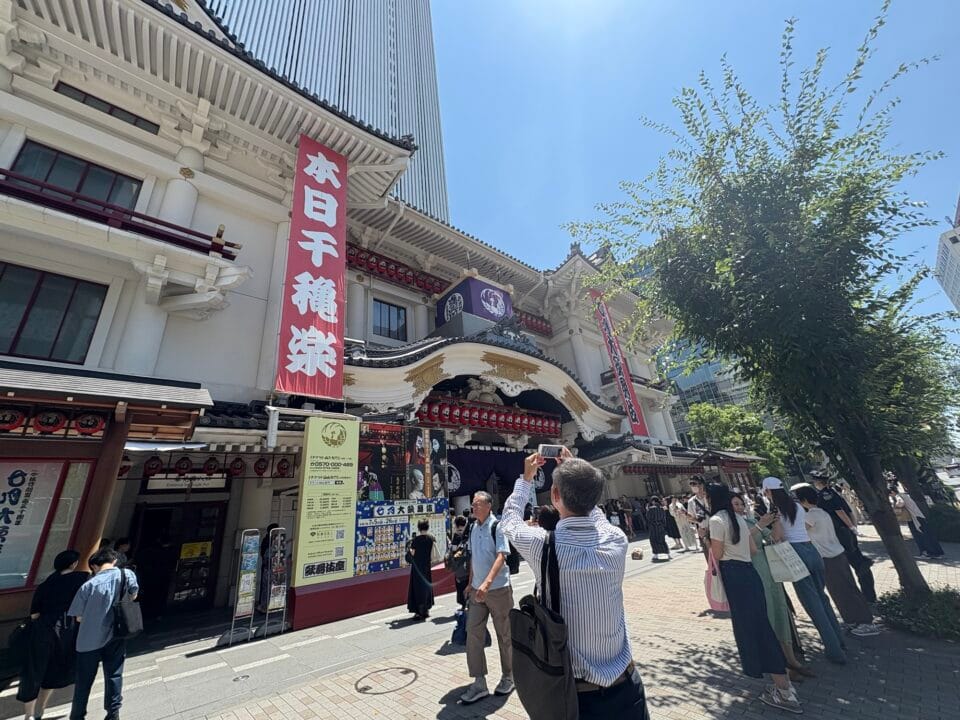
Theatre-going schedule: Lunchtime performance begins at 11:00 a.m.
The daytime performance at the Kabuki-za Theater begins at 11:00 a.m. and lasts approximately four hours. We booked our tickets online in advance and arrived on the morning of the performance. The doors opened about an hour before the performance began, and once in our seats, we felt a unique sense of tension. Performances usually consist of four acts, with a 20-30 minute intermission between each act. This allows the audience to enjoy the performance while maintaining their concentration. The first act begins with a light dance and gradually shifts to a more narrative play. The performance ends around 3:00 p.m., making the most of the afternoon. A useful feature for beginners is the rental of earphone guides. The guide provides commentary in Japanese and English, making it easier to understand the meaning of the lines. They cost only a few hundred yen and can be easily rented in the theater. Also, as a tip for selecting seats, first-class seats are recommended for better visibility, but second-class seats are also sufficient for those on a budget. Aim for weekdays to avoid crowds. This schedule is designed for the convenience of the audience while preserving the traditions of Kabuki.
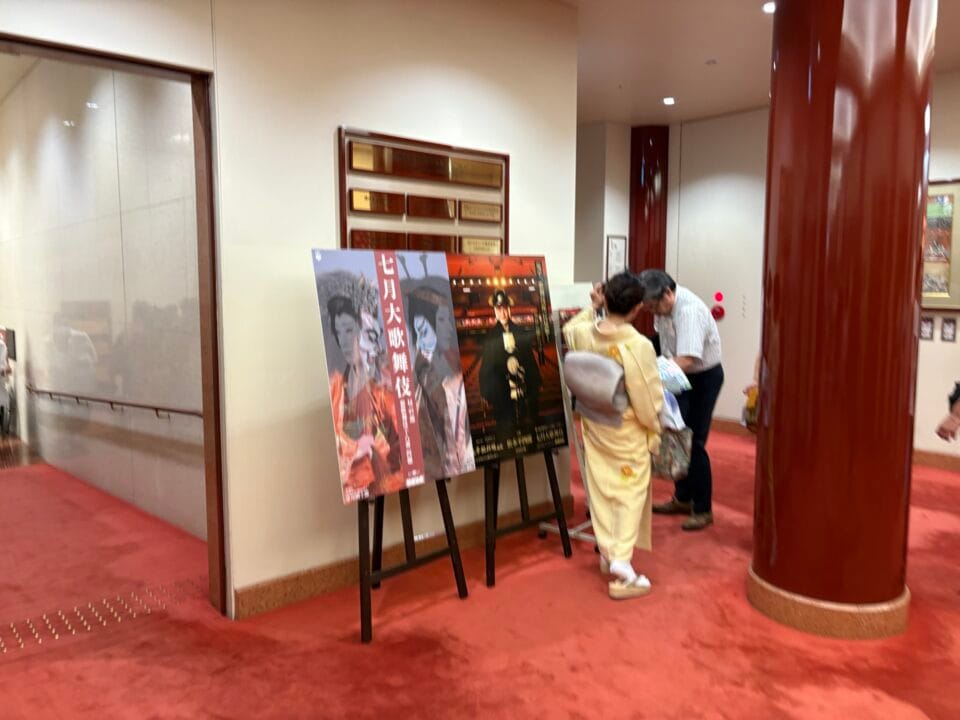
Professionalism of performers: Feel the fruits of their training
What moved me most about the Kabuki stage was the professionalism of the performers and performers. From the main actors to the supporting actors, to the musicians on the black bamboo screen who play the flutes and drums, all perform skills that have been developed over decades of training. For example, the actors’ spectacular mimicry and instant costume changes are breathtakingly precise. The sound of the taiko drum heightens the tension of the story, and the sound of the flute deepens the emotion. We were moved by a scene in one of the performances expressing the anguish of the main character. Although some of the lines were difficult to understand because of the archaic language, the emotions were conveyed through the power of physical expression and music. This is proof that kabuki is not just a play, but a comprehensive art form. What I learned through watching the play was that professional work is “the accumulation of invisible efforts. Actors undergo rigorous training from an early age, and many families pass down the tradition from generation to generation. Knowing this background doubles the value of the stage. As useful information, reading the synopsis of the performance on the official website in advance will increase your understanding of the performance. The hanamichi and mawari-butai (stage set up) are unique to Kabuki and provide a dynamic performance.
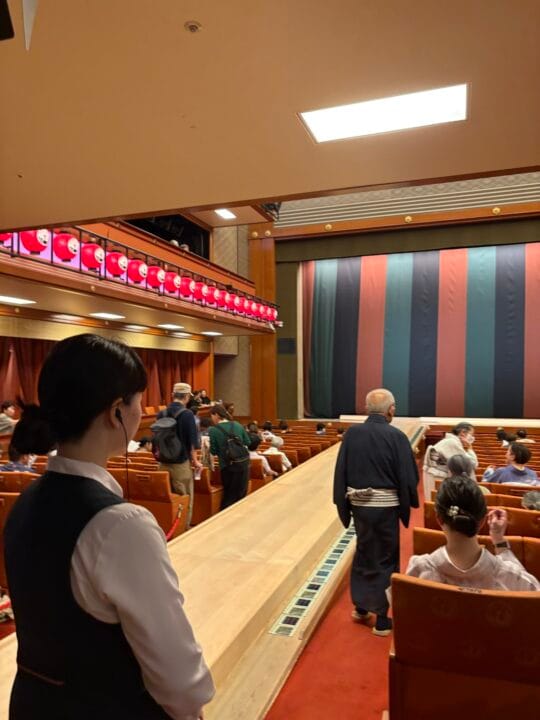
As for the performers, a supporting presence behind the black curtain is essential. Timing is vital in the continuous beating of the taiko drums, and even the slightest deviation is not tolerated. This sense of unity is what moves the hearts of the audience.
The Difficulty of the Lines and the Pleasure of Overcoming the Difficulty
Kabuki dialogue is often in classical Japanese, and there were many scenes in which I could not understand what was being said. In particular, in long dialogue scenes, without a modern translation, I would have been at a loss. However, this was conversely fascinating, and I enjoyed the visual and auditory stimulation alone. The actors’ facial expressions, movements, and the glamour of their costumes told the story, and the professionalism of the actors shone through. We complemented ourselves with earphone guides and gradually grasped the story. Imagining the parts we don’t understand also stimulates our creativity. From these experiences, we realized that Kabuki is an art form that can be “seen and felt. Tips for beginners include purchasing a guidebook or watching YouTube commentary videos in advance. You can watch highlights on the official Kabuki YouTube channel. Also, if you are with children, it is recommended to start with a short performance. Once you get past the difficulty of the lines, you will experience the pure joy of a professional’s work. This is an experience that is hard to find in other forms of entertainment.
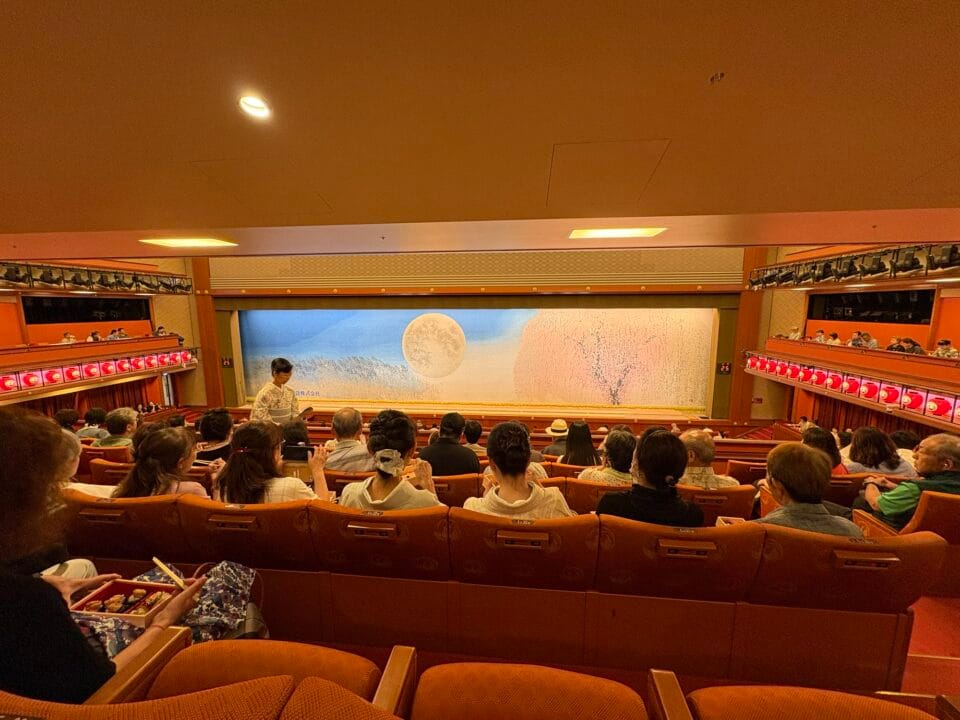
In addition, the stage lighting and props are superbly used, and the entire production is supported by an expressive power that goes beyond the lines.
A chic intermission treat: dango and bento at the concession stand
The intermission, which is interspersed throughout the performance, is one of the most enjoyable parts of a Kabuki performance: there are three intermissions between the four acts, during which you can take refreshments at the outside concession stands or in the lobby. We bought some traditional Mitarashi dumplings and a makunouchi bento box lunch. The dumplings are glutinous and the sweet and spicy sauce is exquisite. Many of the bentos are made with seasonal ingredients, and it is chic to eat them inside the theater. This custom is a remnant of popular entertainment from the Edo period (1603-1867), and allows visitors to fully enjoy themselves in the old-fashioned way. The concession stands get crowded, so the trick is to get in line early. Prices are reasonable, with each dango costing several hundred yen and boxed lunches around 1,000 yen. You can bring your own so that you can eat at your seat. As useful information, there is a restaurant area in the basement of the Kabuki-za Tower that can be used during breaks. There are also a variety of Japanese sweets stores and souvenir stores. This break resets your concentration and raises your anticipation for the next act. Overall, the theater experience is a “fusion of stage and food,” adding cultural depth to the experience.
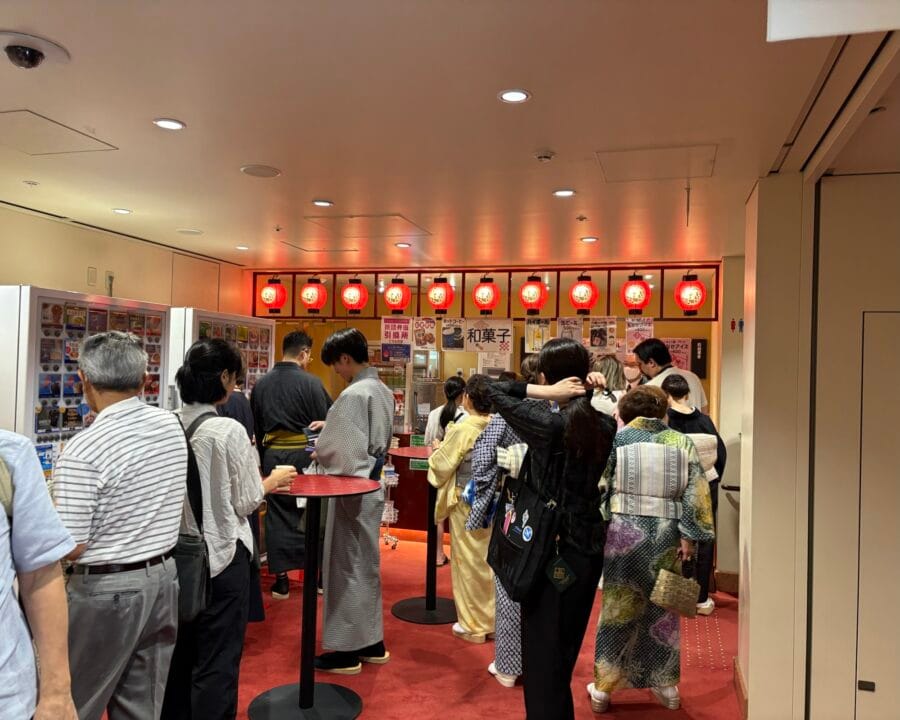
Light conversation with the surrounding audience during intermission also creates a sense of community.
Overall impression and learning: The power of tradition to move the heart
This visit to the Kabuki-za was an intensely moving experience. The content that professional training creates is enjoyable beyond the barrier of lines. The intermission meals create a chic worldview, complete with entertainment for the masses. We strolled the streets of Ginza in the afterglow after the performance. We realized why Kabuki is still alive today. As we learned, traditional performing arts are the result of “continuous effort. You can apply it to your daily work and hobbies. Also, if you share it with your family and friends, it can be a great conversation starter. As a tip for your next theater visit, choose an evening performance for its beautiful lighting effects and different charm. The Kabuki-za Theater is easily accessible and is a highlight of Tokyo sightseeing.
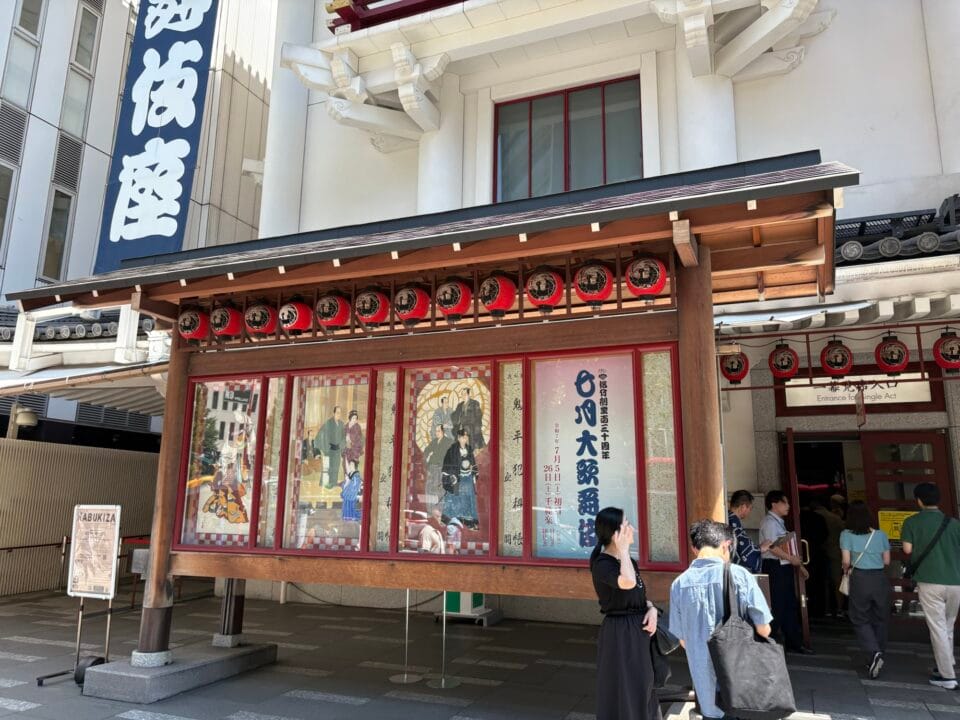
In addition, in the surrounding Ginza area, you can enjoy a tour of upscale stores after the play and make a full day of it.
Private Wisdom Summary
A visit to the Ginza Kabuki-za Theater is an experience that feeds the soul, combining professional training with chic enjoyment. As a private wisdom, I fully enjoy the depth of tradition by utilizing the earphone guide and savoring the food at intermission. The excitement transcends the difficulty of the lines and inspires the everyday. This traditional art form connects people across time and fosters a quiet confidence.
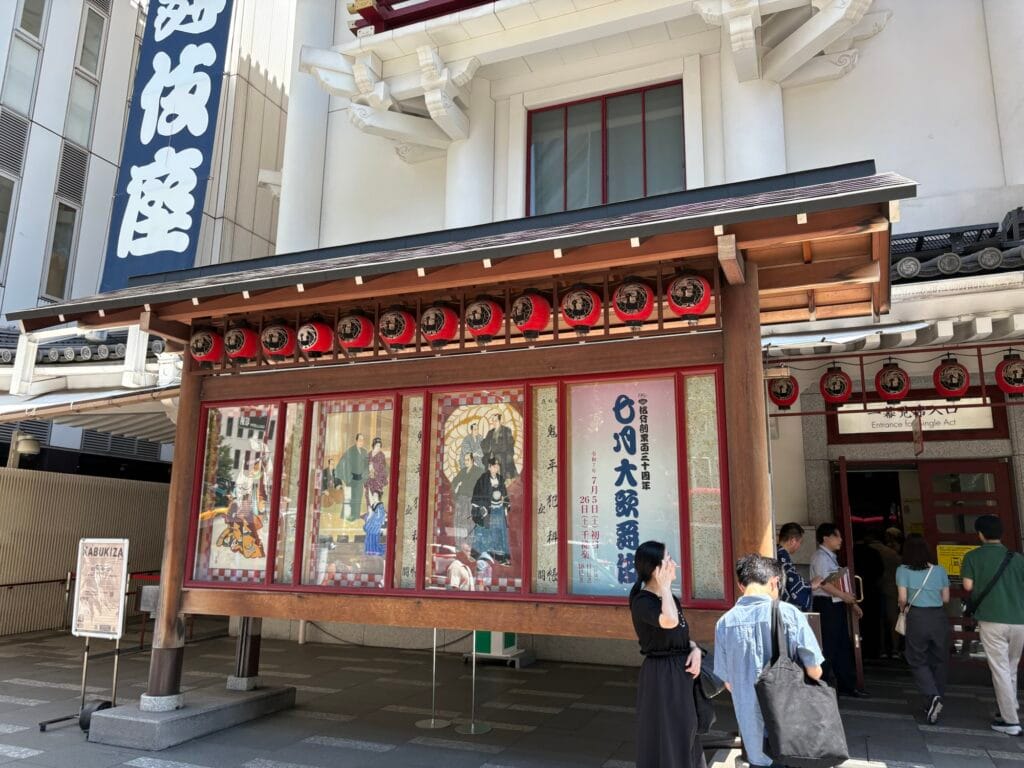


Comments